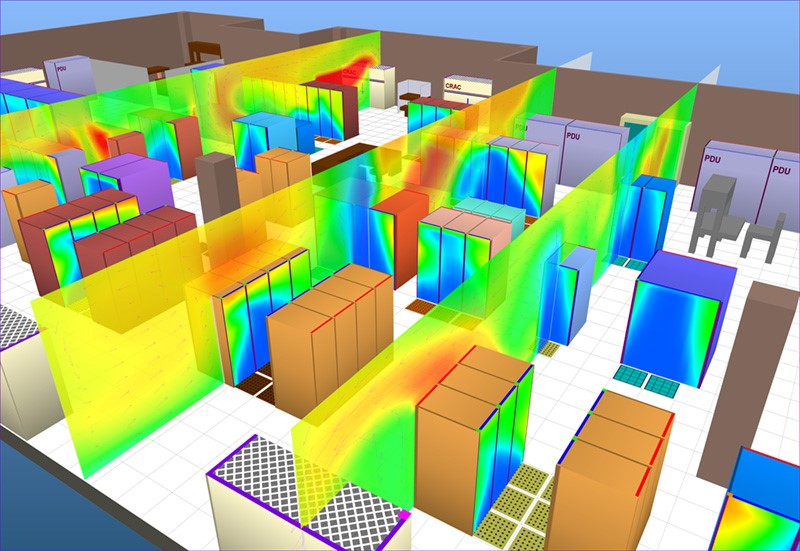
COMPUTATIONAL FLUID DYNAMICS ANALYSIS, FINITE VOLUME METHODS, FINITE ELEMENT METHODS, DISCRETIZATION, NATURAL VENTILATION OPTIMIZATION, MECHANICAL VENTILATION OPTIMIZATION, THERMAL COMFORT ANALYSIS
[BY NAVEEN SHARMA – SEPTEMBER, 2017]
Computational Fluid Dynamics is a computer-based simulation approach or tool that has been used to validate the designs, i.e., how to perform a naturally ventilated building. CFD’s origin lies in the human’s efforts to better understand the power of natural elements like wind, storms, floods, or sea waves.
As per architectural perspective, it is an essential tool to find out the building aerodynamics, wind flow patterns, and building heat island effect and optimize the building energy and operations. In the building sector, CFD tools have been used to optimize natural ventilation, mechanical ventilation, car parking ventilation, and duct flow optimization.
What do we know about flows?
In everyday life, we meet fluid flow in meteorology (rain, wind, floods, hurricanes), heating, ventilation, and air conditioning, aerodynamic design, engine combustion, industrial processes, or the human body—blood flow, and so on.
CFD has a wide range of applications, including calculating forces on aircraft, determining the mass flow rate of petroleum through pipelines predicting weather patterns.
Why is it important to use CFD analysis?
With a CFD analysis, we can understand the flow and heat transfer throughout a design process. The basic methodology for any engineering CFD analysis is developed on a few procedures:
- Understand the flow model
- Proving assumed model
- Model optimizing
- Validate the ongoing design and check the preformation.
- Select the appropriation system for design.
- Optimization of the environmental effects, i.e., heat island roof and non-roof effect, building aerodynamics, and building effective orientation.
- Create graphic visualizations to study the actual condition.
